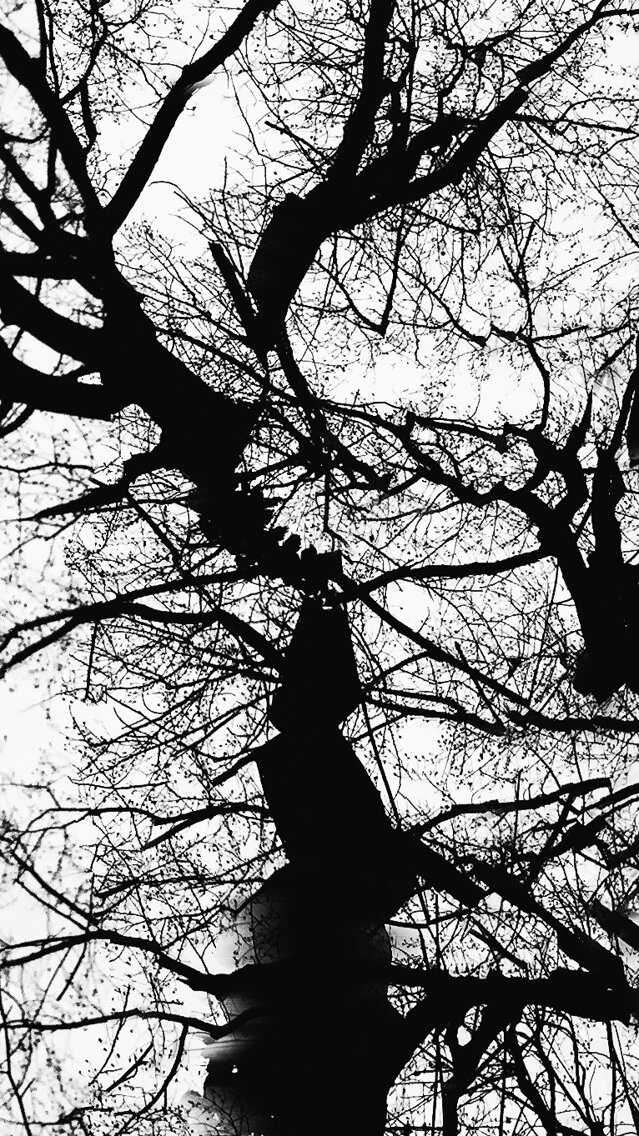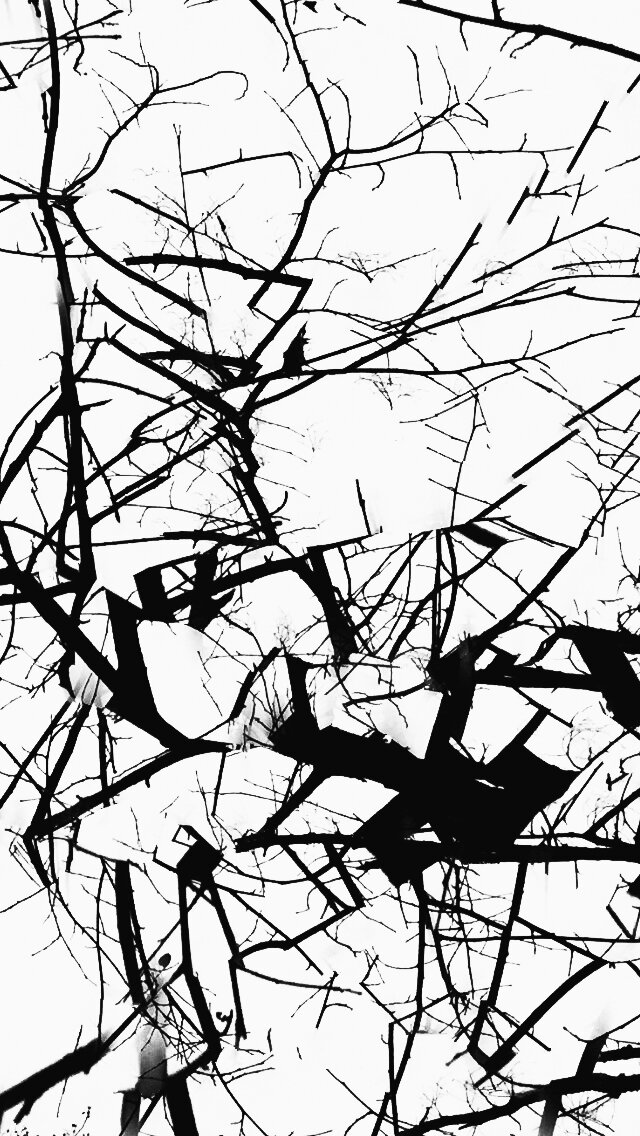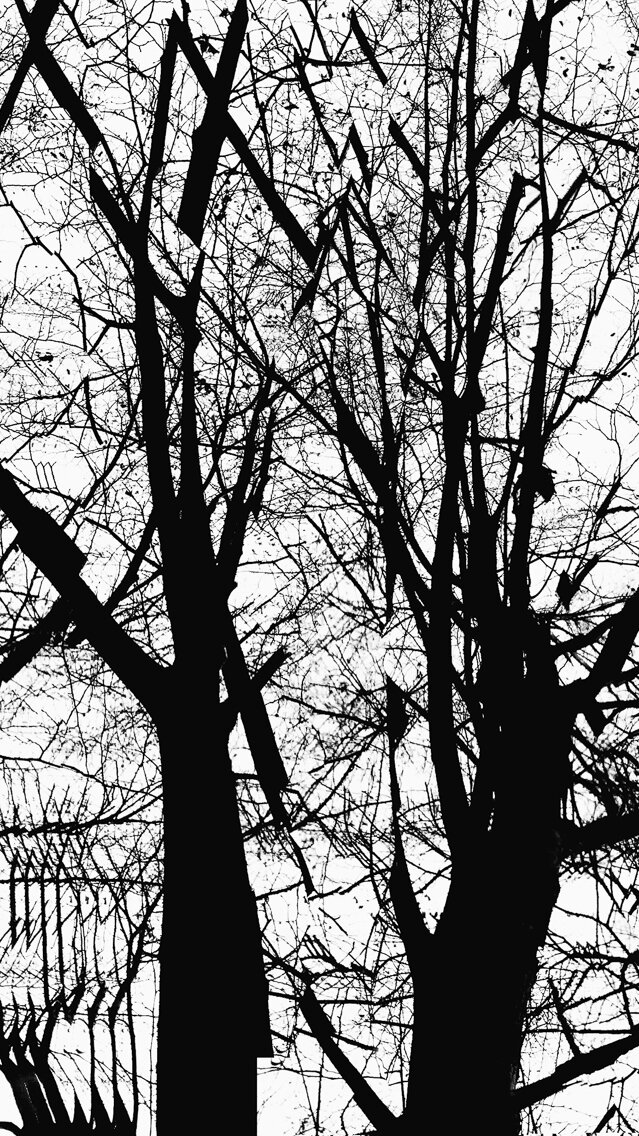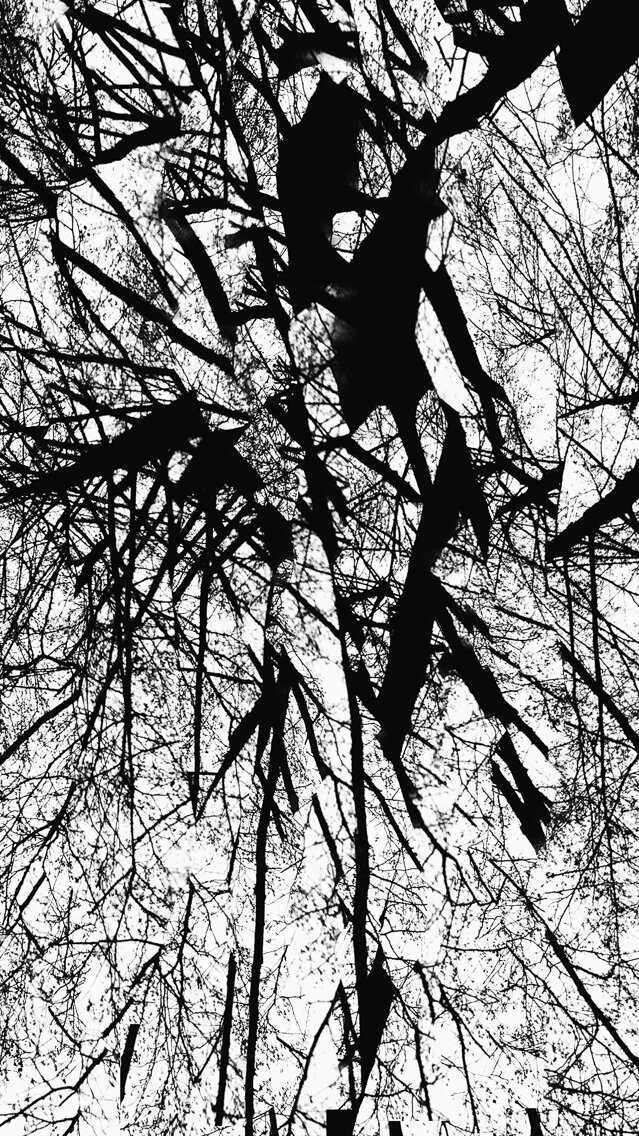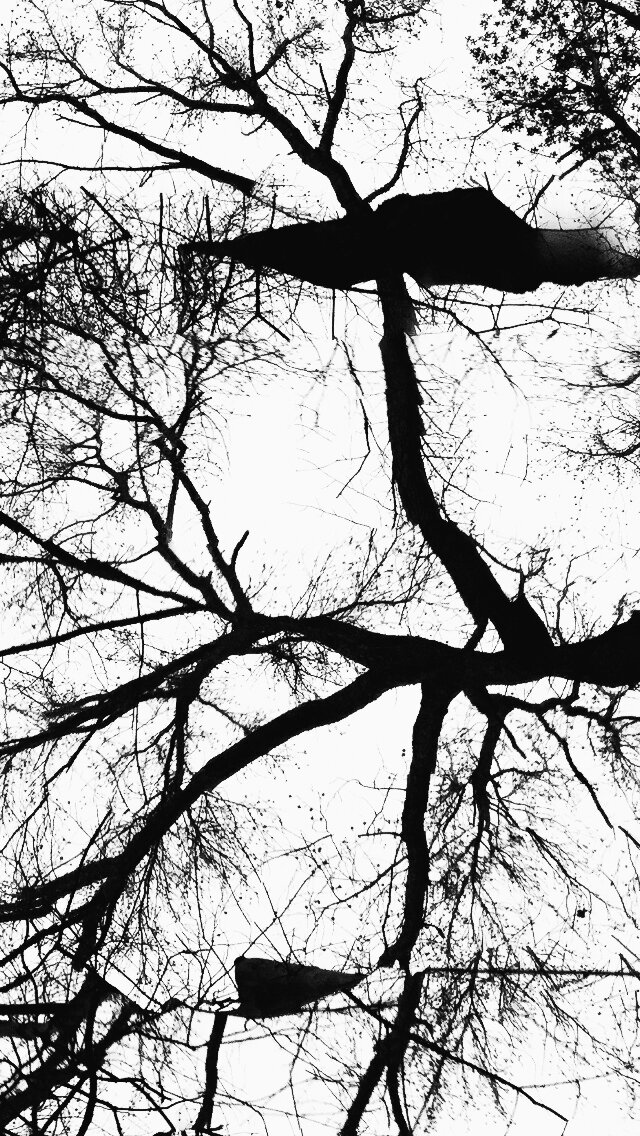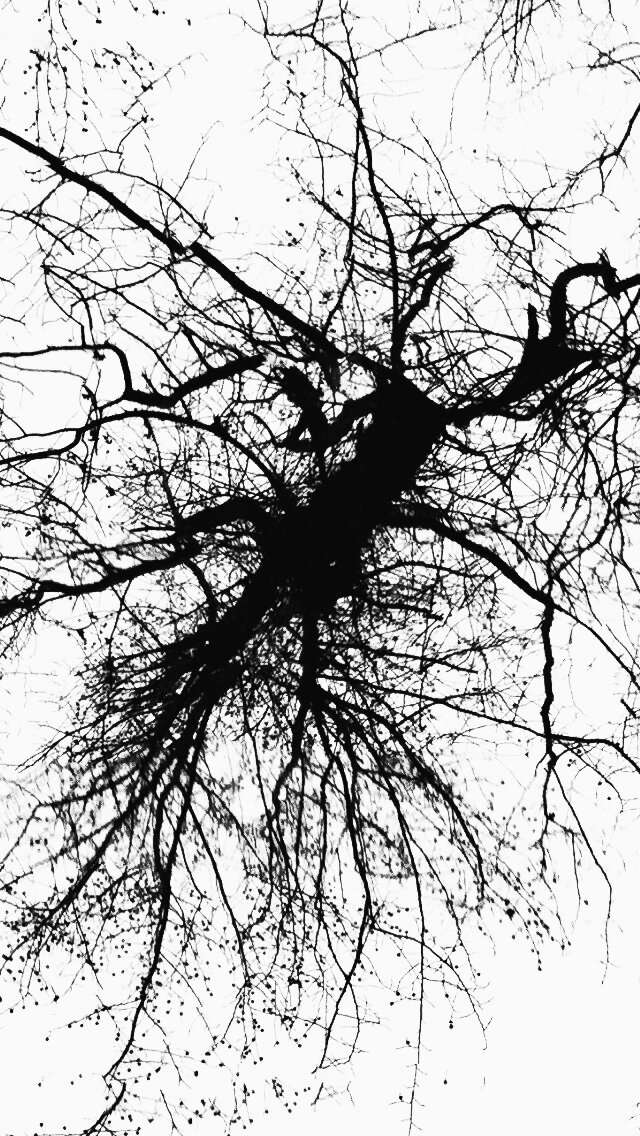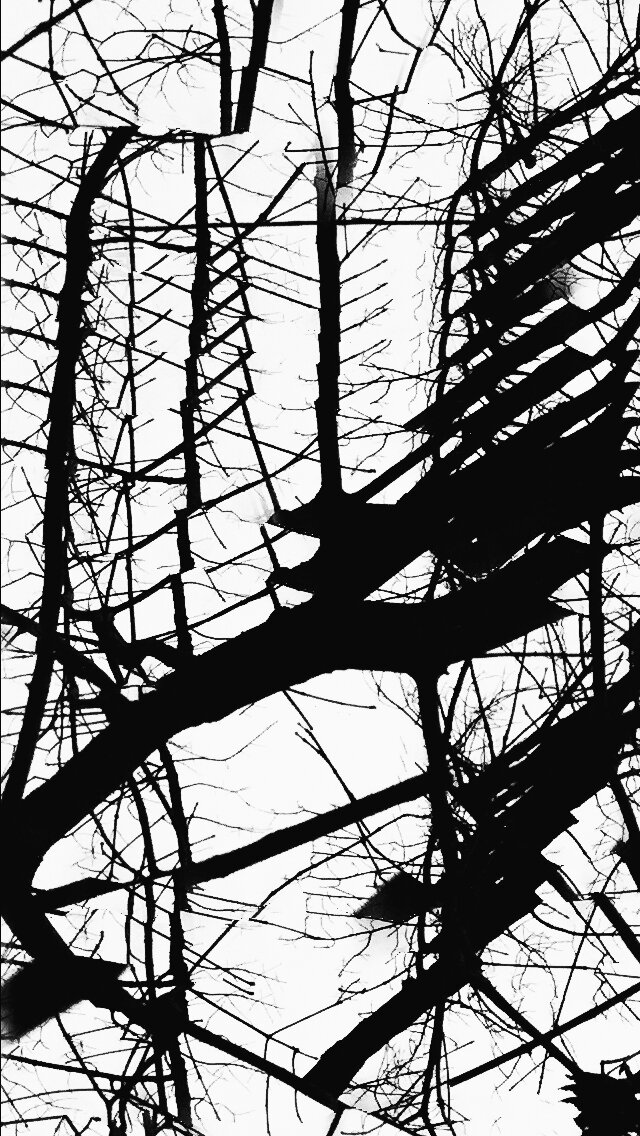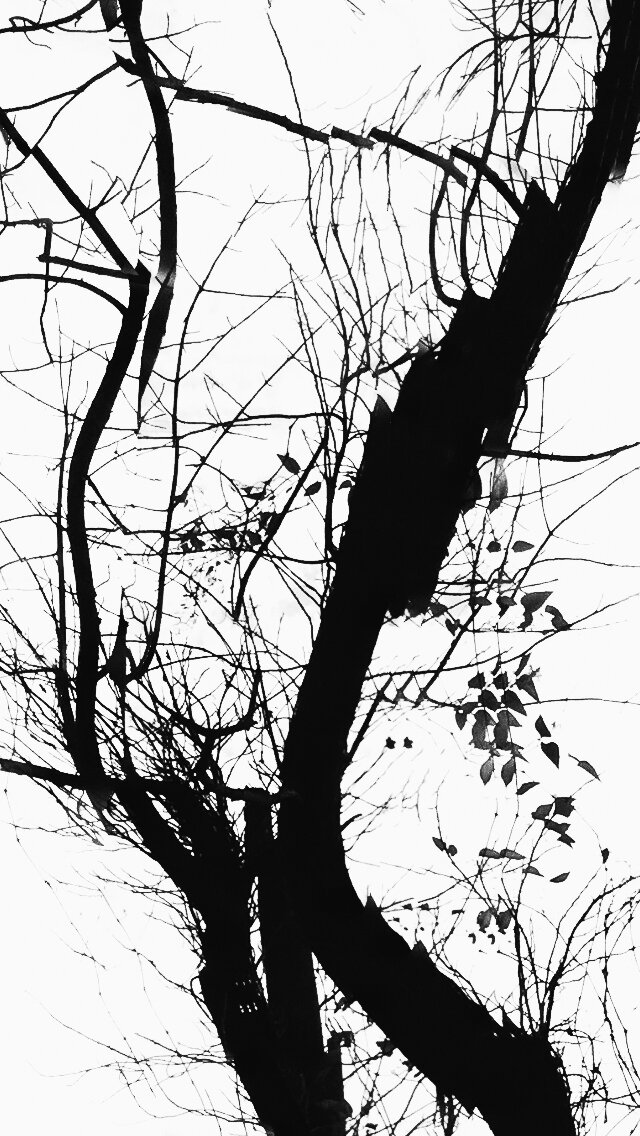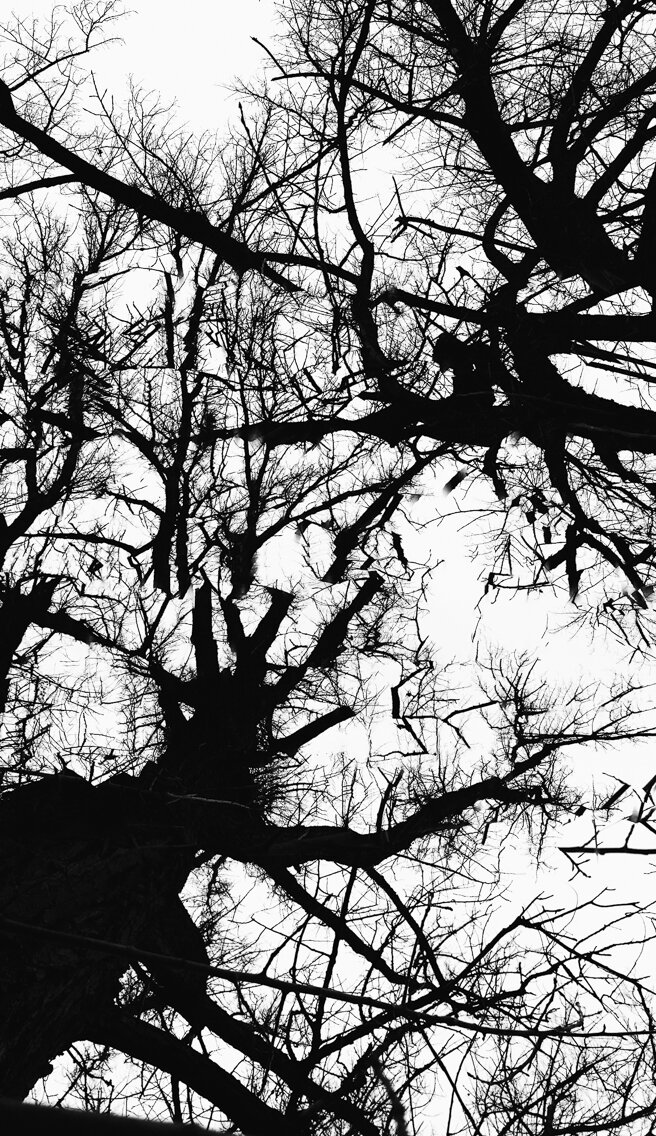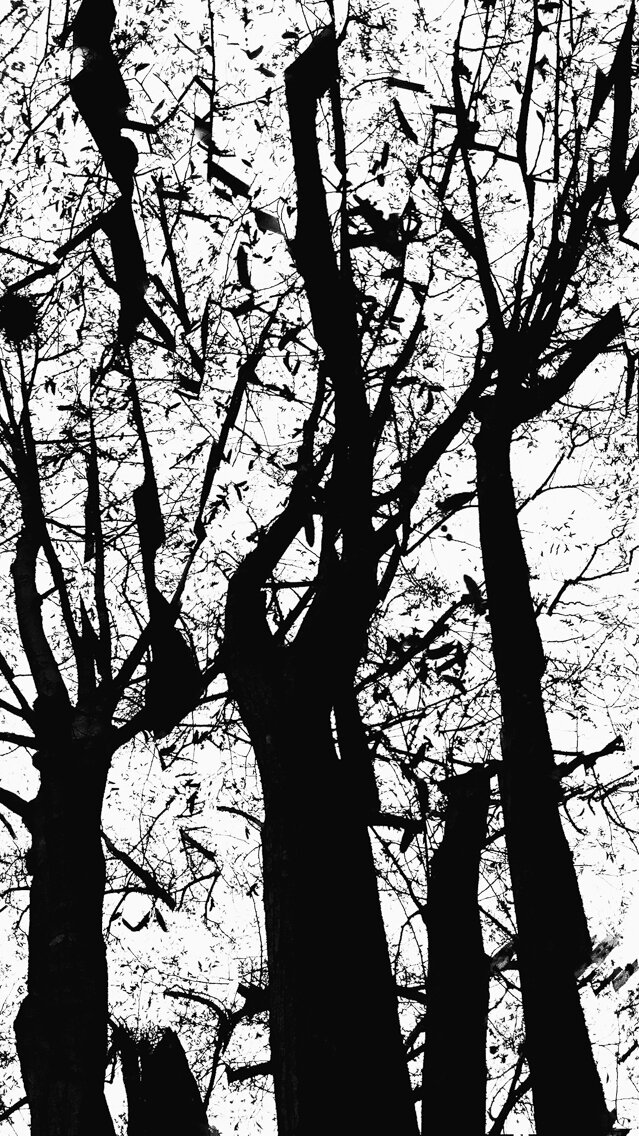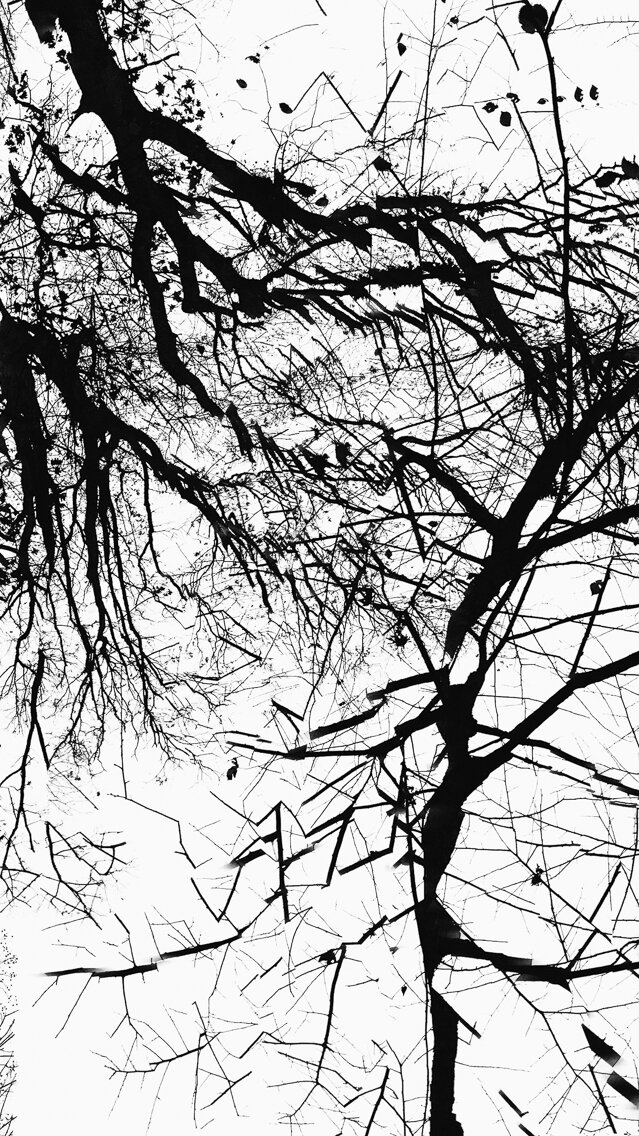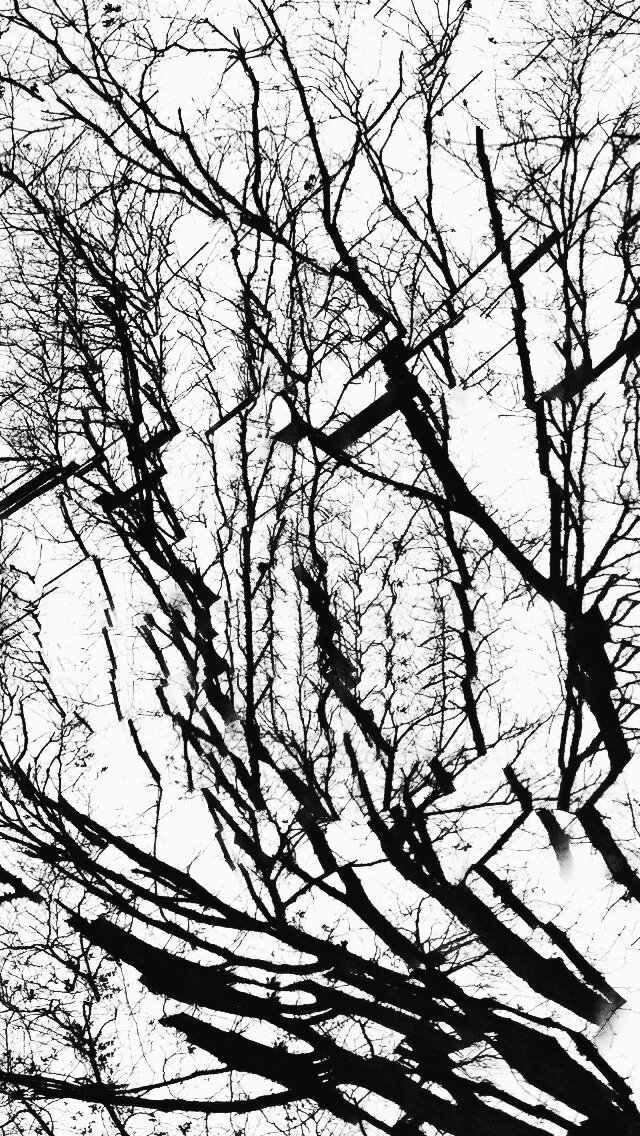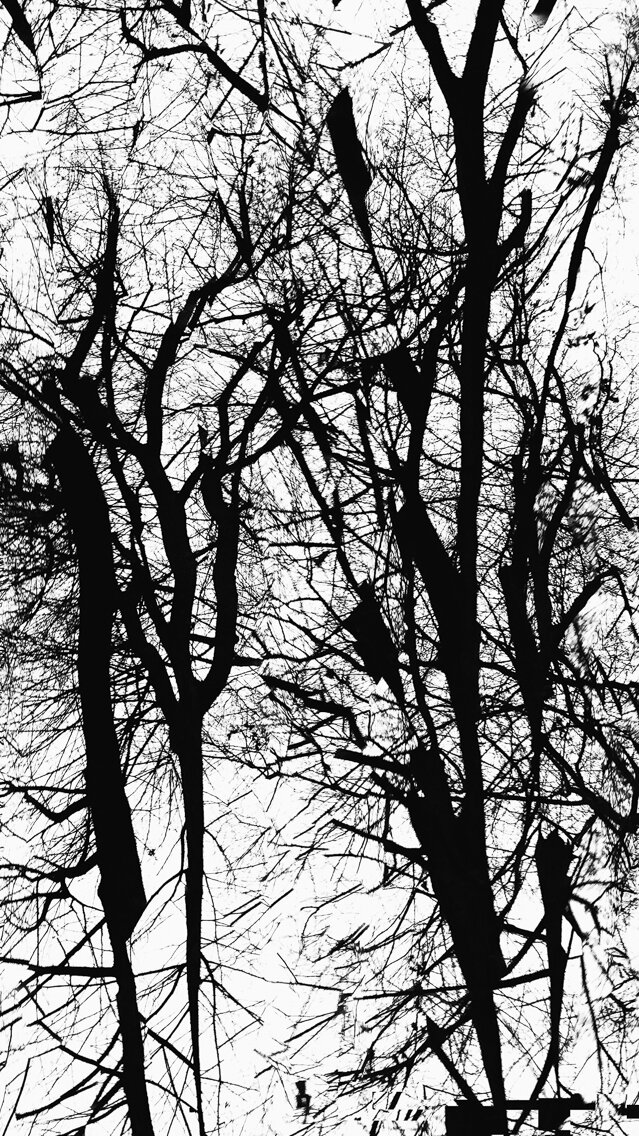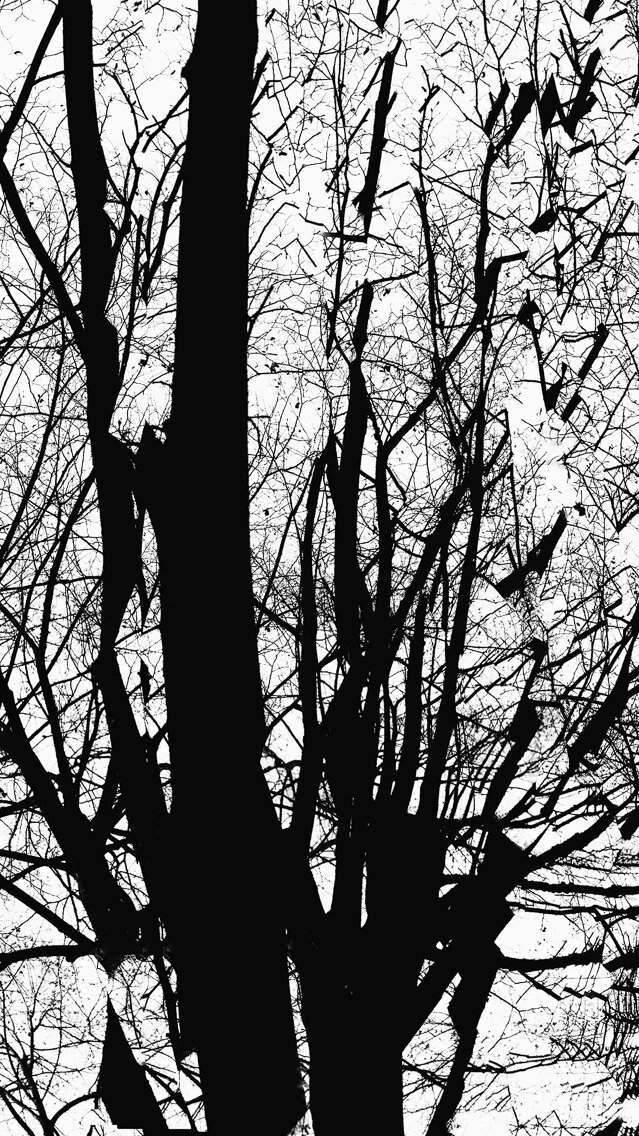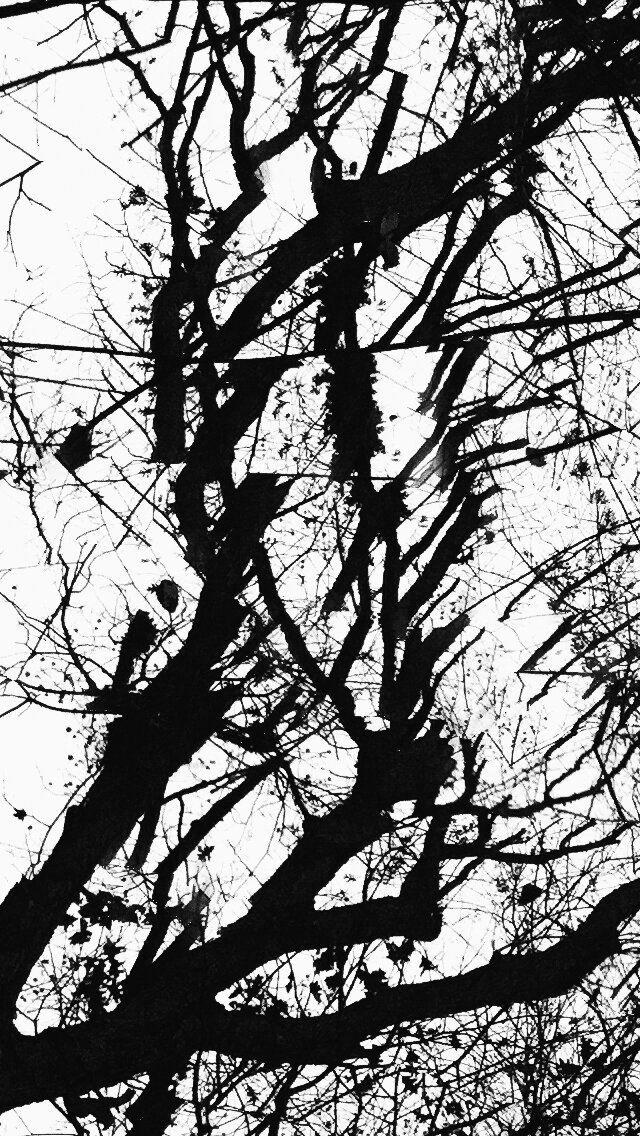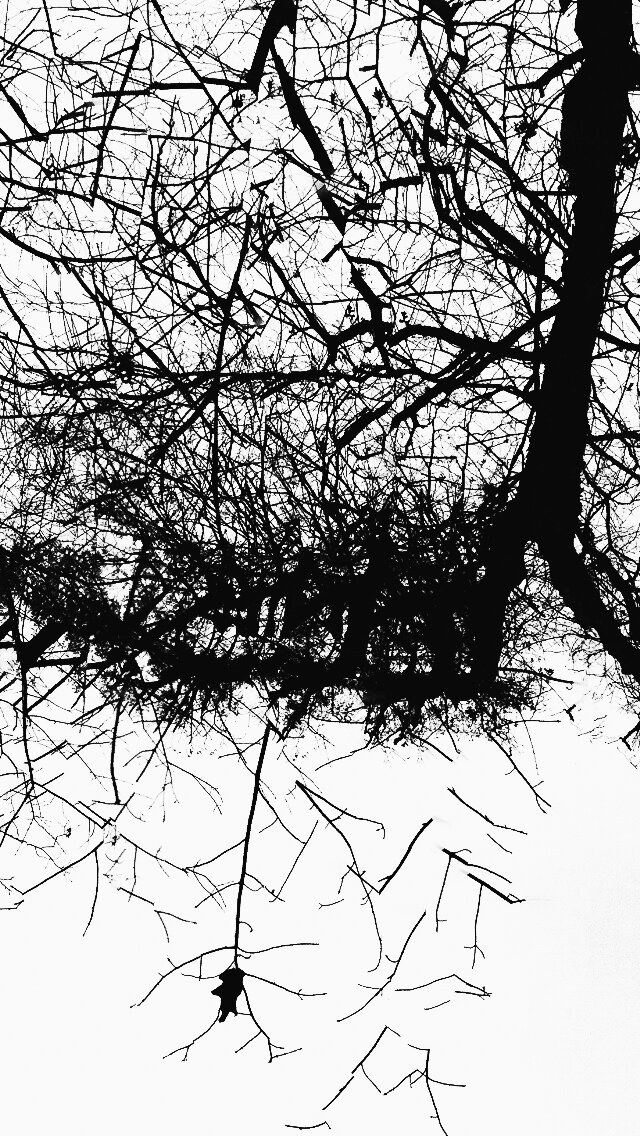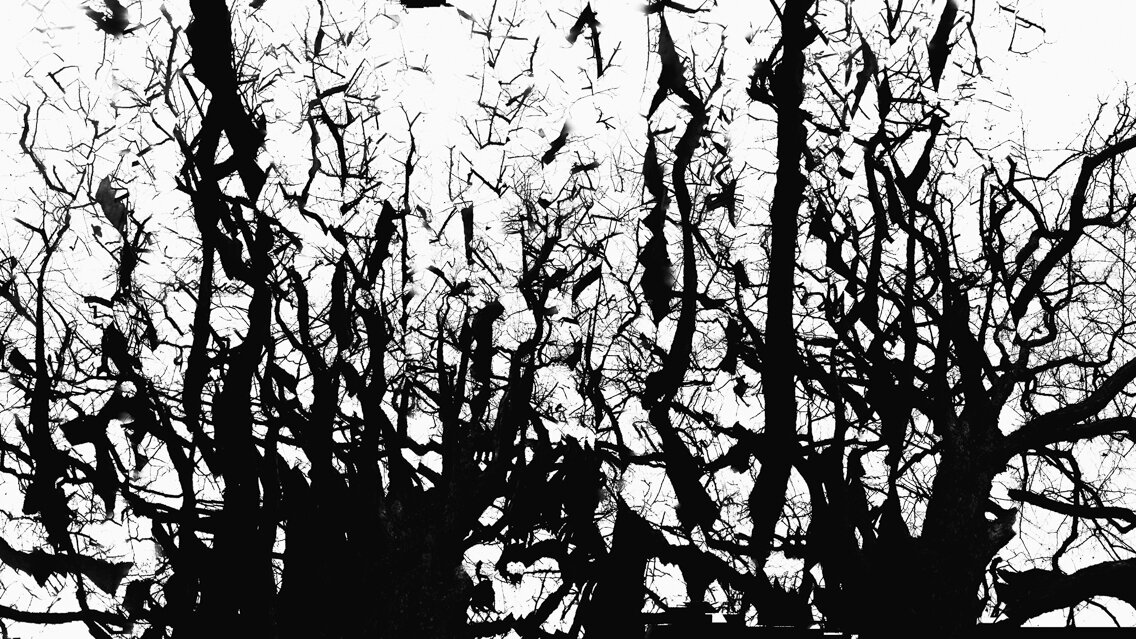
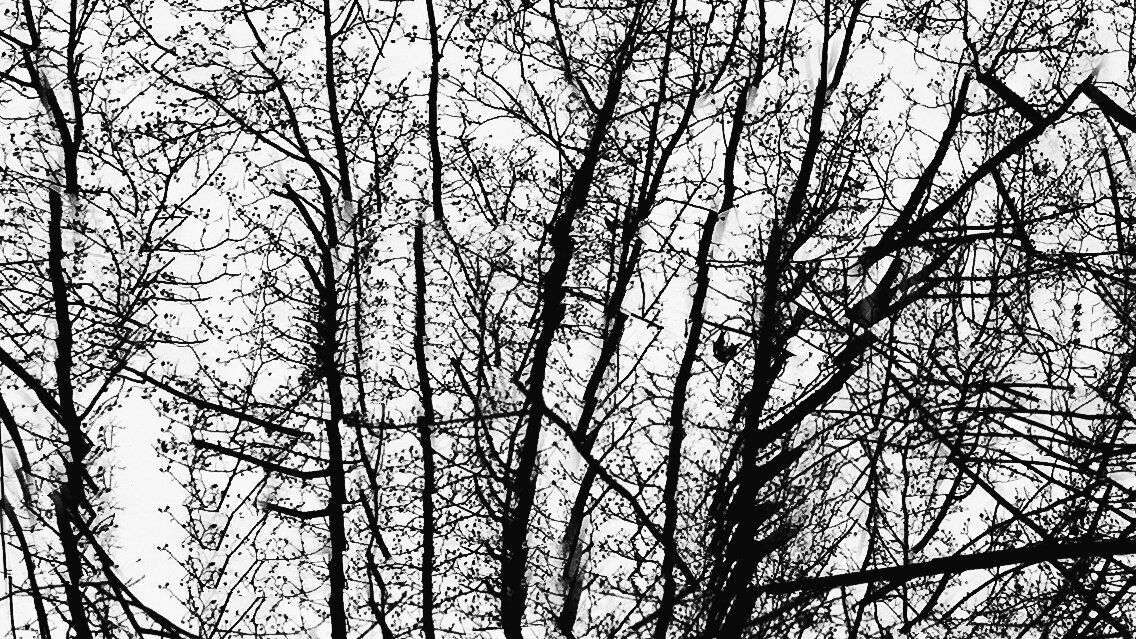
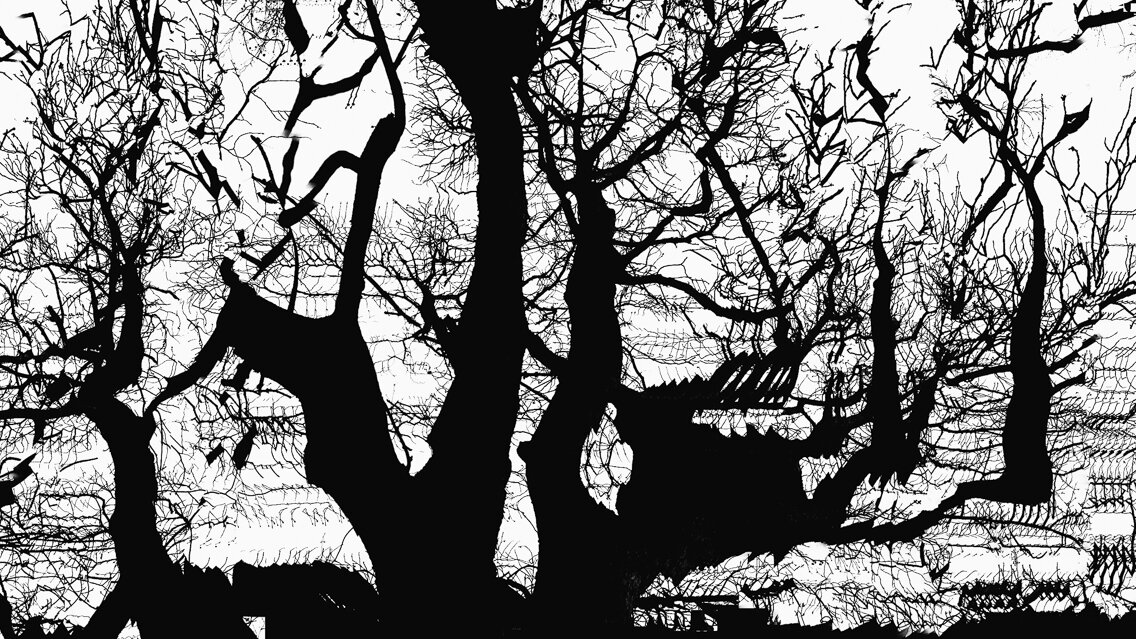

Mark Isaac
I admit it. When it comes to the wild proliferation of images in the world, I’m an unreformed offender. Not only do I capture them recklessly and with abandon, but I store endless numbers of images in an ever-expanding battery of costly storage devices with a proclivity to fail.
And there’s nothing I’ve photographed more than trees. Since the very first days of my photographic habit, decades ago, when I started capturing the images of trees on the shiny reflective surfaces of cars, I’ve returned to trees with more frequency than any other subject.
Why? I consider trees among the most beautiful things in the world. I know it’s considered unfashionable by some to prize the appearance of the natural world, lauded endlessly by so many for thousands of years, over objects that humans craft in this technological age with an intense focus on the perfection of their design.
But the monsters of the plant world, clasping with an immense ball of roots deep into the earth, sending a monumental trunk skyward, and spreading a sheltering crown above our heads, offer ageless and undeniable visual delight. The diversity of species, shapes, sizes, barks, leaves, flowers, seeds. The manner in which branches seek the sunlight in imperfect symmetry. The wabi sabi of peeling bark, dead branches, knots, and burls. In some, the exquisite contradiction of stretching upward, then cascading downward in weeping fronds.
And now comes word that, no fake news about it, something miraculous is happening. There is scientific confirmation that trees are not solitary, but instead communicate in huge, extended, complex underground fungal webs (known as mycorrhizal networks), sending alarms about danger, and sharing carbon, water and other nutrients. This impressive level of collaboration even extends beyond species.
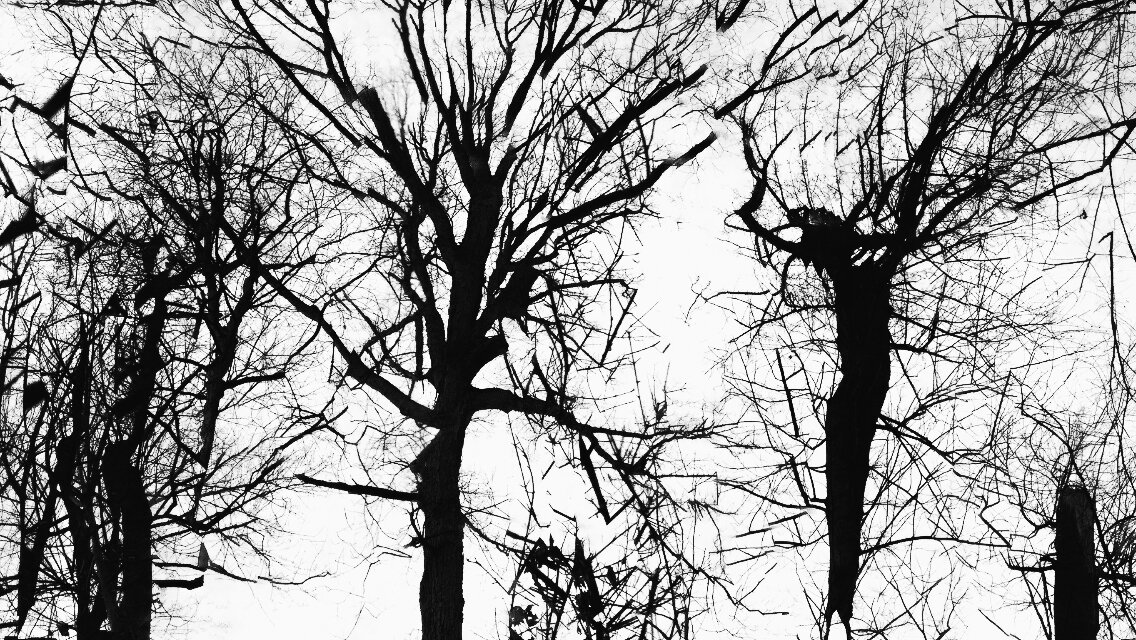
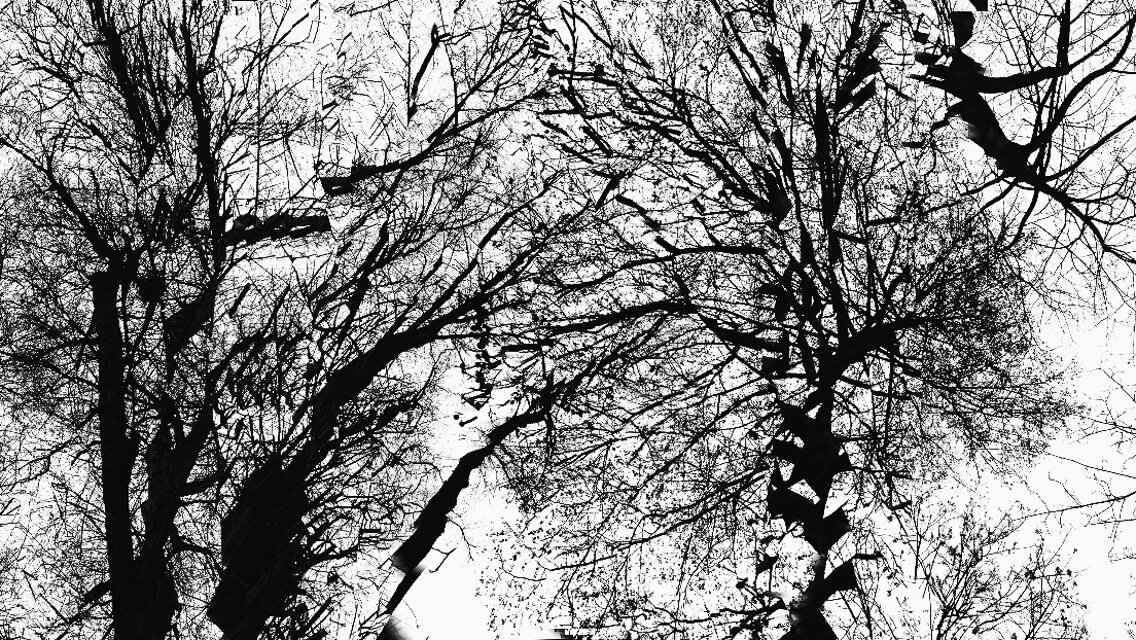
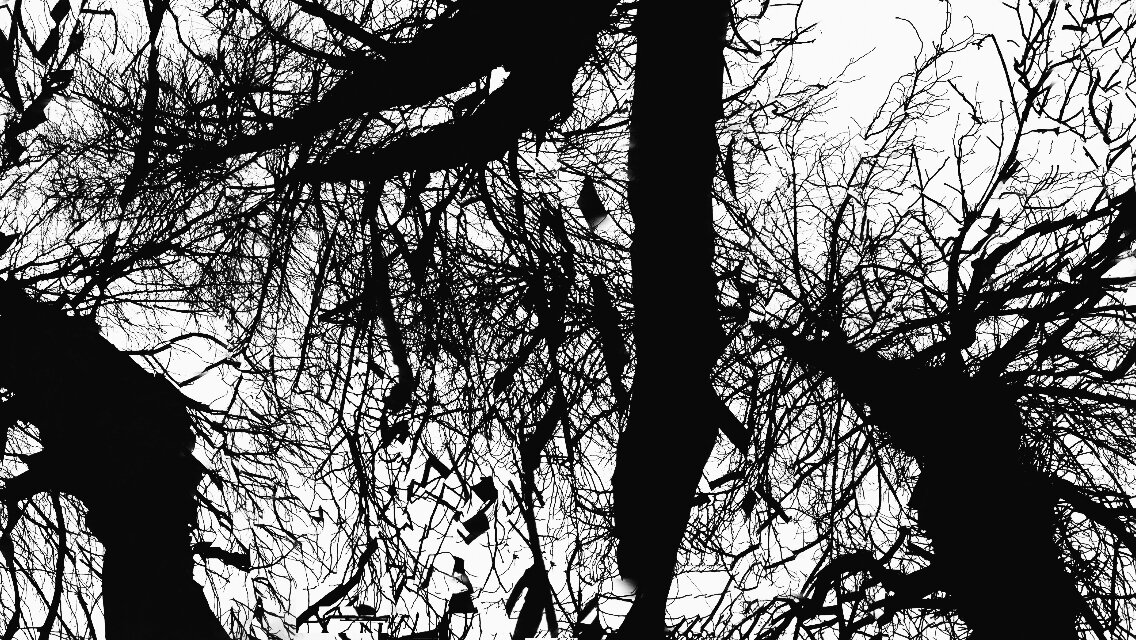

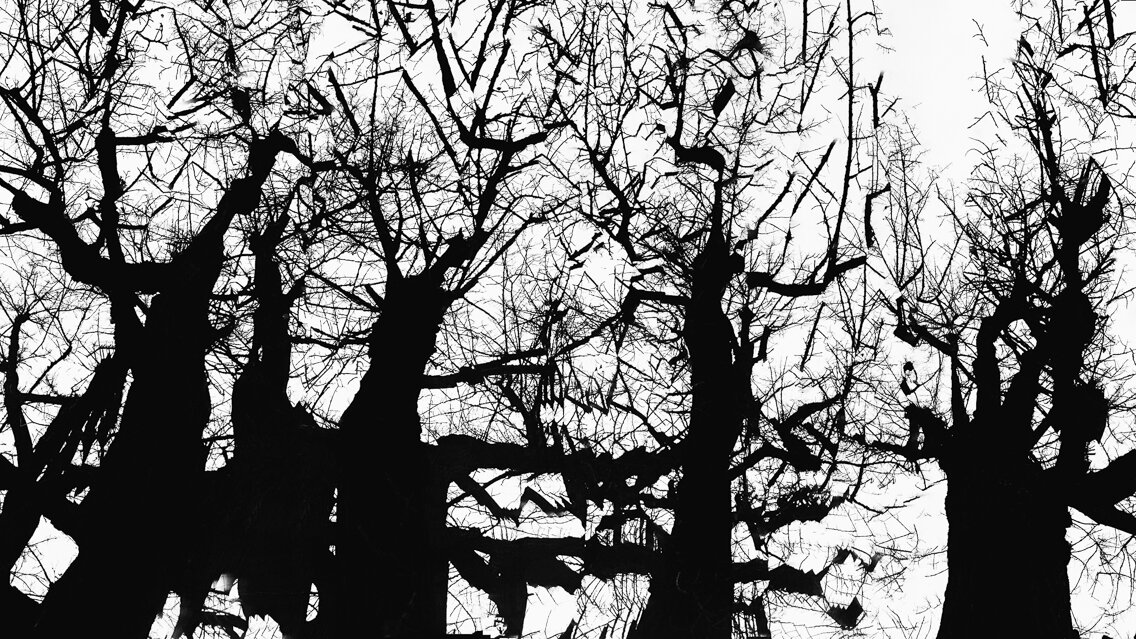
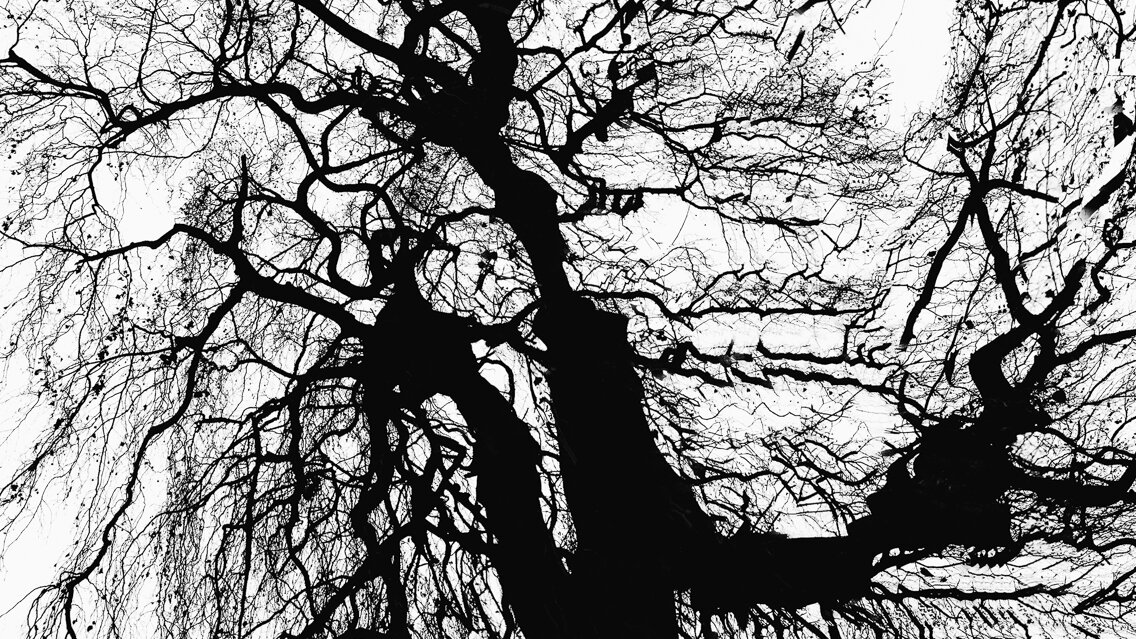
More than 5 years ago, I started making panoramic photographs of the tree canopy while walking underneath with my iPhone. The phone camera is prone to making “mistakes” as it strives to knit the images of the treetops together. But the fortuitous accidents it records seem to express the truth about trees better than the more representational image that the phone’s camera is designed to produce. They are images of trees reaching out to each other, vibrating with energy and motion, dancing and cavorting.
They are also images that capture the darkness that is upon us in the age of climate crisis and environmental collapse. The trees’ crowns appear as silhouettes of foreboding darkness, taking on anthropomorphic shapes, groaning in disbelief and pain, and whispering truths and organizing rebellion. After all, as a tree, there is much to fear: drought, extreme weather, the spread of wildfires, rampant legal and illegal logging, deforestation, the list goes on. These problems are worldwide and colossal in their implications.
I devoted only sporadic time and energy to the project until recently, while in lockdown in Prague. During the pandemic, our mental and physical health relies largely on spending long periods outside, running along the Vltava River or strolling through Prague’s impressive parks, such as Stromovka (named for its trees), Letna, Vitkov, or Krejcarik. The grandeur of the trees is always on prominent display, often alongside a demonstration of their fragility: the Slavic obsession with trimming them or cutting them down.
The final product of this effort will be panoramic images, but paranormal panoramas: images that reveal the trees in all their “vegetality,” as living, communicating beings with intention, expressing the magnificence of natural creation, as well as the fragility of our contemporary, interconnected world. They are images that capture the enormity of what is at stake, and the intense danger that plants and animals now face in the wake of catastrophic environmental damage.
The panoramas, which are difficult and time-consuming to create, are still in progress. But today I’m sharing one of them in addition to a series of details from the larger images that offer a window into the ongoing project. I hope you will enjoy them and that they will whet your appetite for the full panoramas to come. And I hope you’ll share your thoughts about this latest body of work in progress.
An example of a full panorama of the treetops, as part of a body of work currently in progress.

